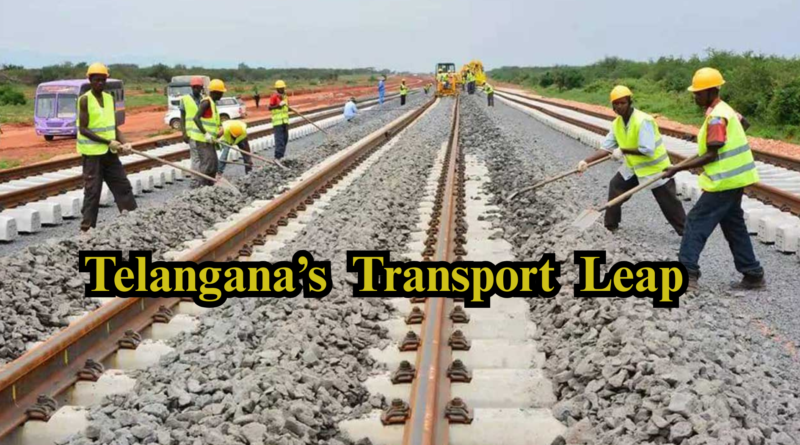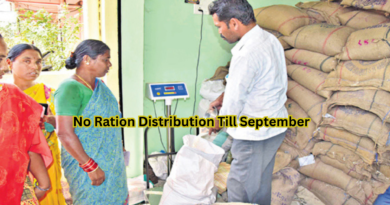Telangana’s Transport Leap: Outer Ring Rail Survey Completed
1. Landmark Progress in Telangana’s Transport Vision
The completion of the final location survey for the Outer Ring Rail Project marks a major stride toward revolutionizing Telangana’s transportation framework. Envisioned as a game-changing initiative, this circular railway line is expected to significantly ease congestion in the existing rail network, particularly in and around Hyderabad. The project is not just a logistical upgrade it reflects a strategic reimagining of how urban and intercity travel should function in a fast-developing state.
2. A First-of-Its-Kind Infrastructure Model
What sets the Outer Ring Rail apart is its comprehensive scope and circular design, which stands as a pioneering model in India. While cities have metro rail and ring roads, a full-fledged outer ring railway loop is a rare concept. Once operational, this corridor will facilitate seamless cargo and passenger movement without routing trains through heavily populated junctions, streamlining long-distance rail operations and improving punctuality across zones.
3. Strategic Corridors to Boost Regional Rail Traffic
The new rail line will integrate six crucial corridors Secunderabad-Kazipet, Wadi, Don, Murkad, Guntur, and Kothapalli each of which plays a key role in Telangana’s and South India’s rail connectivity. These corridors currently experience high rail traffic and frequent delays due to bottlenecks at central nodes like Secunderabad. By diverting traffic through the outer rail route, the project will create new logistical efficiencies and ease the burden on existing infrastructure.
4. Enhancing Freight and Industrial Mobility
In addition to improving passenger services, the Outer Ring Rail Line is expected to significantly enhance freight movement. Industrial hubs located along these corridors, such as Kazipet and Guntur, will benefit from quicker, more reliable cargo transit. The project supports the state’s larger economic strategy by aligning with industrial corridors and proposed logistic parks, thereby fostering job creation and regional development.
5. Environmental and Urban Planning Benefits
Beyond transportation benefits, the project also aligns with sustainable urban planning goals. By shifting a significant amount of freight and long-distance traffic outside city limits, the Outer Ring Rail will help reduce air pollution, noise, and urban rail congestion. It also opens the door for potential satellite town development along the rail belt, which could help decongest Hyderabad and ensure balanced urban growth.
6. Next Steps and Implementation Challenges
With the final location survey now complete, the focus shifts to funding, land acquisition, and execution. The state government and Indian Railways are expected to collaborate closely to fast-track approvals and financing. While challenges such as inter-agency coordination and timely land procurement may arise, the strategic importance of the project ensures it remains a high priority. If executed efficiently, the Outer Ring Rail Line could become a national template for future urban-rail integration models.




